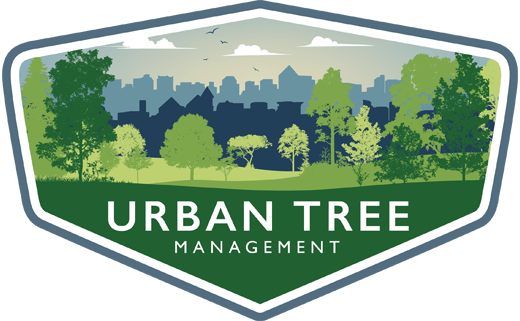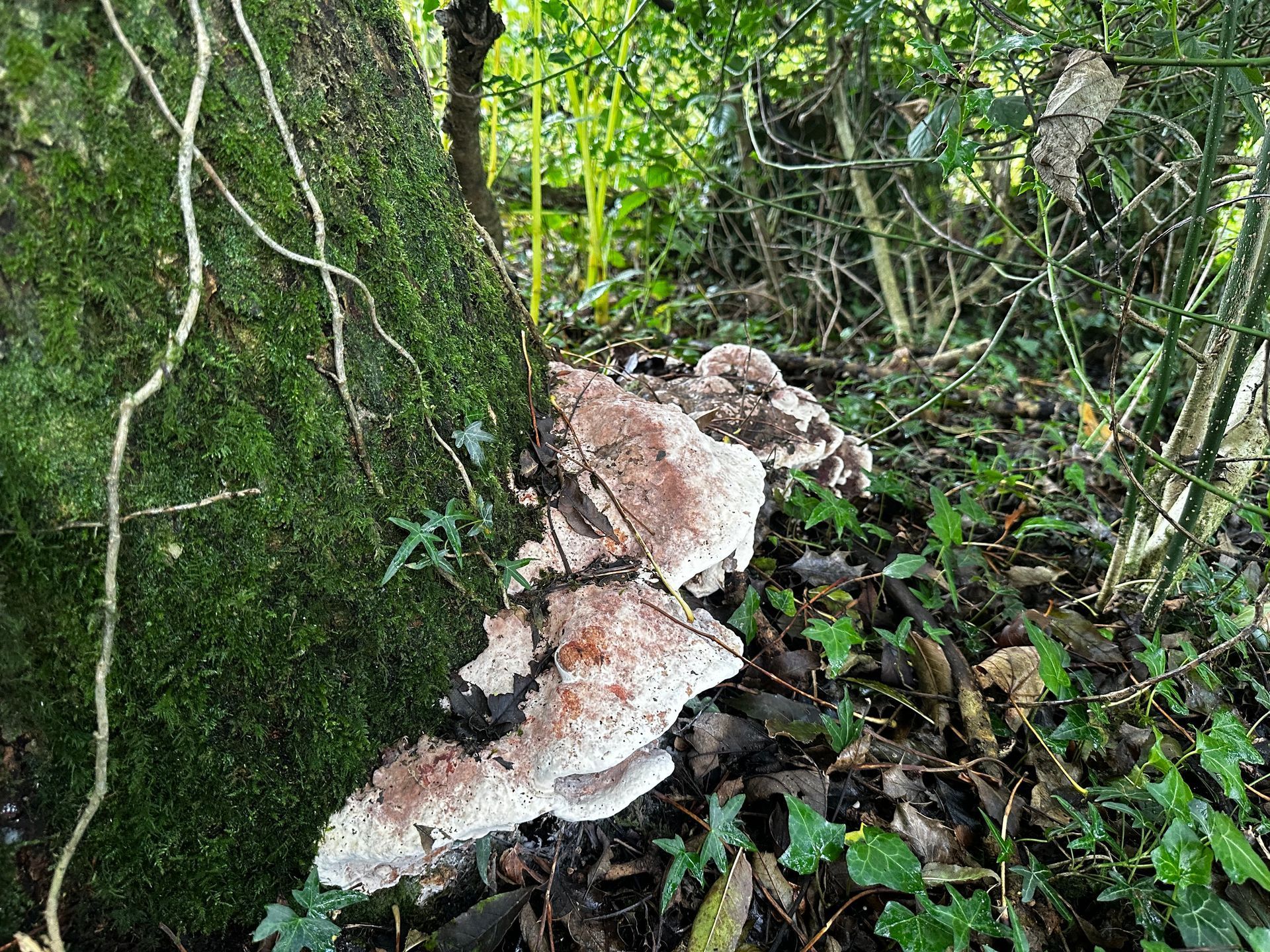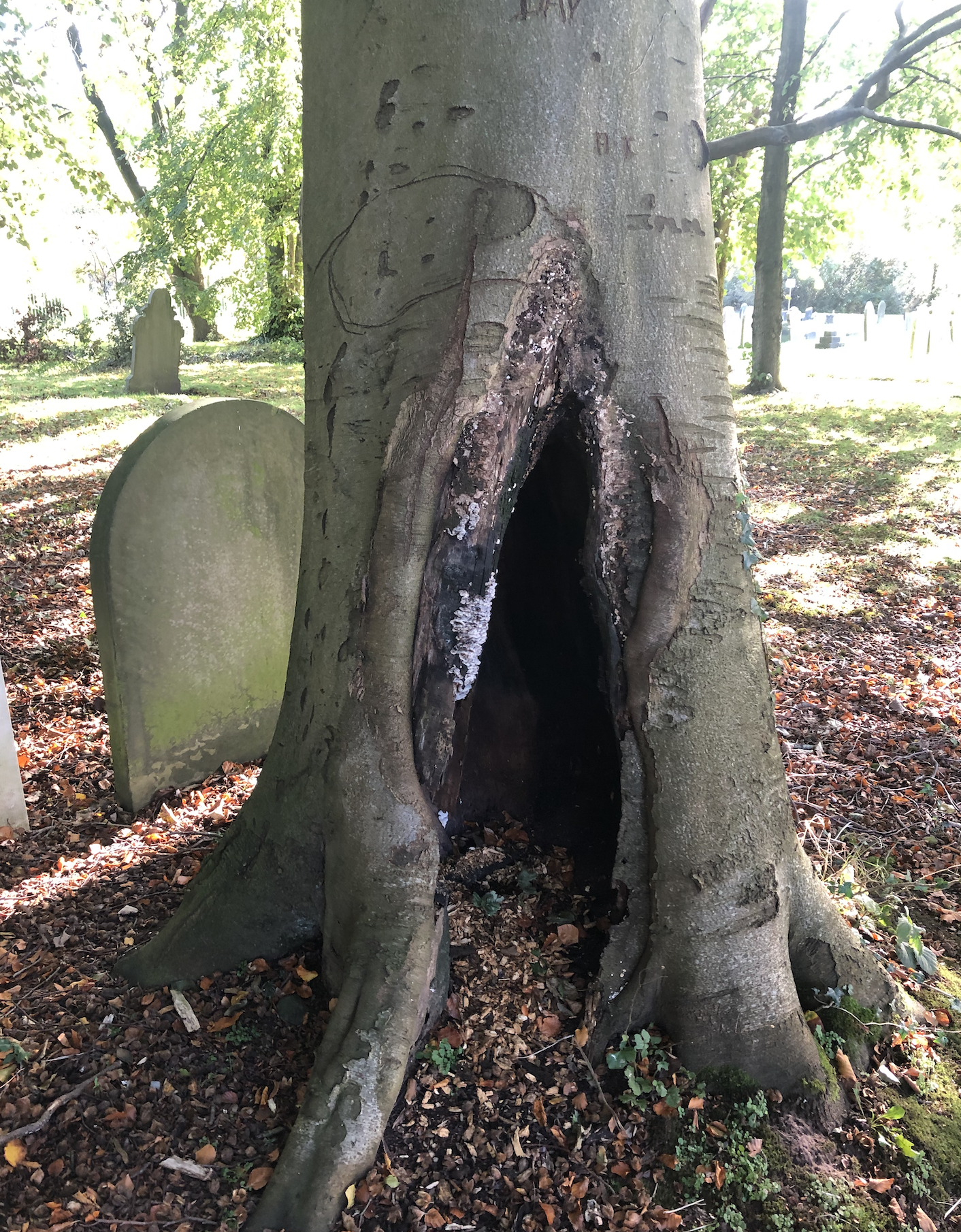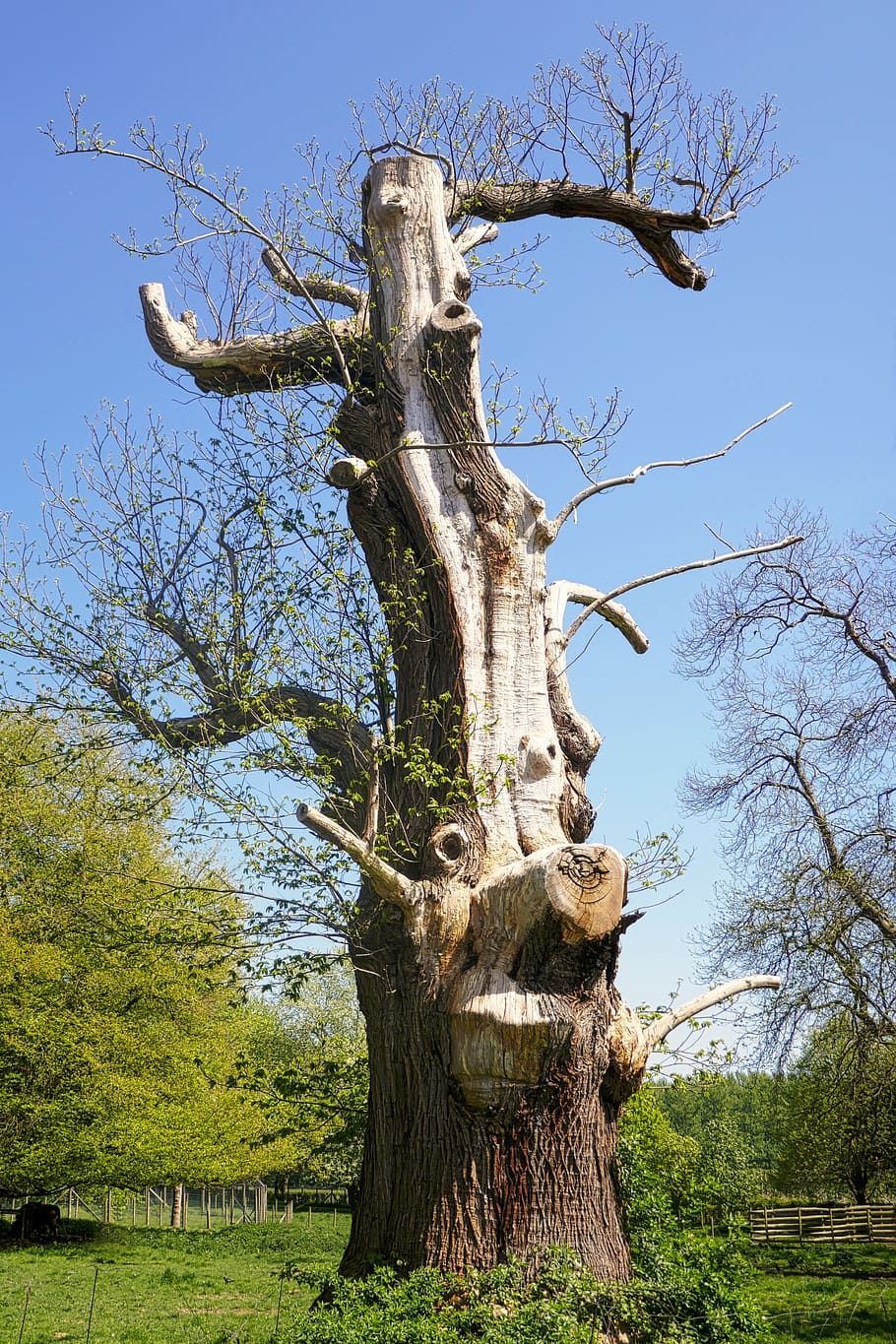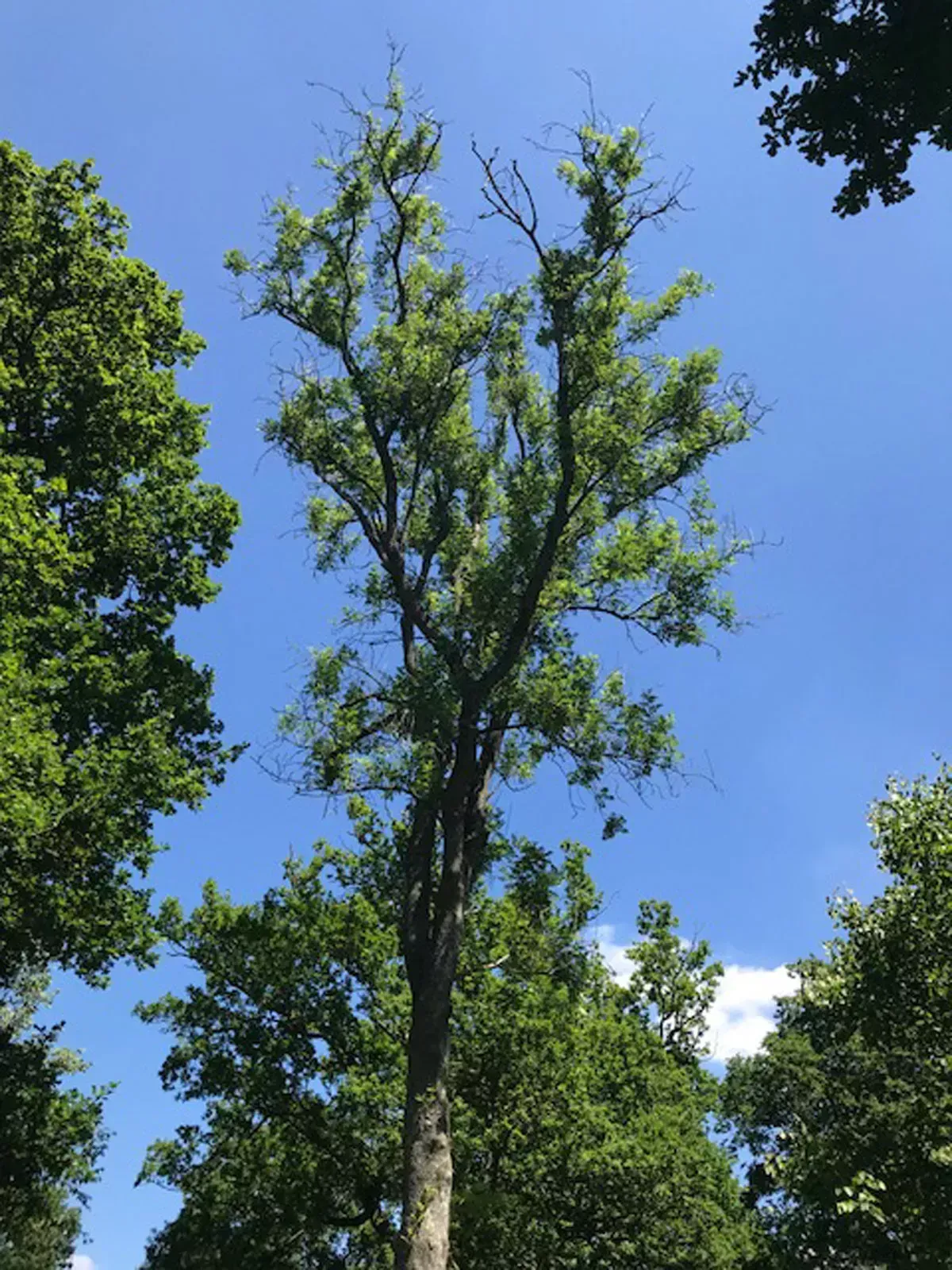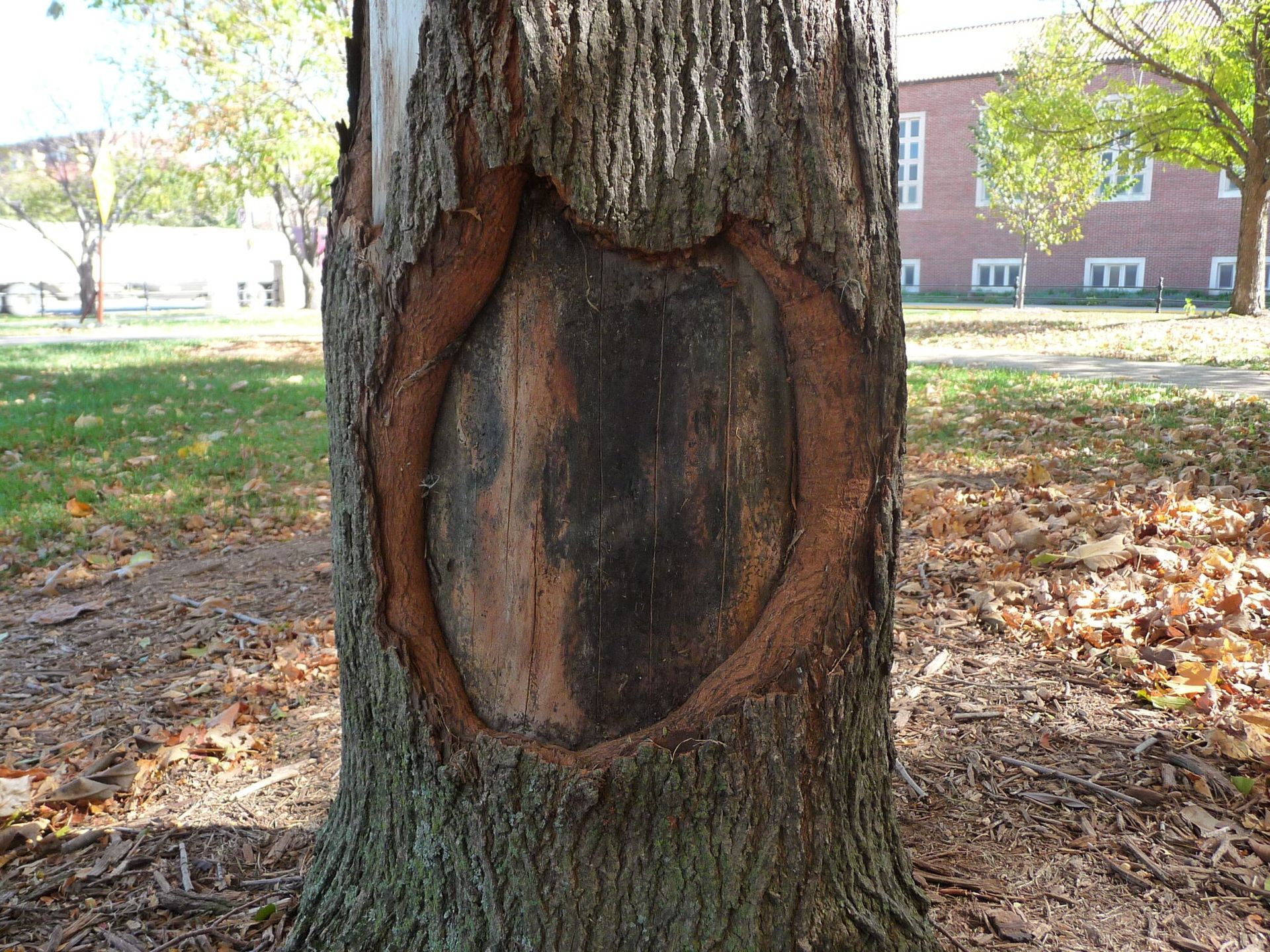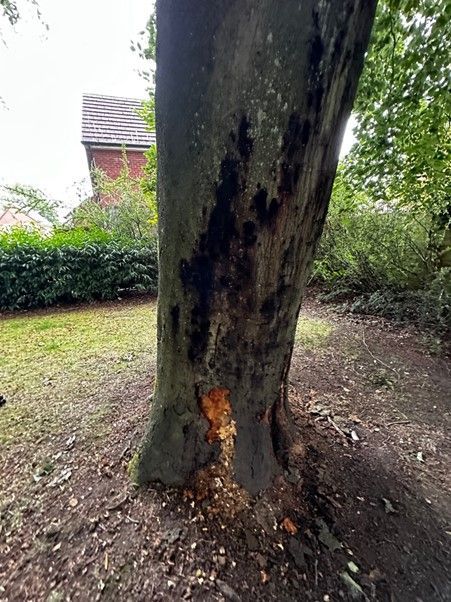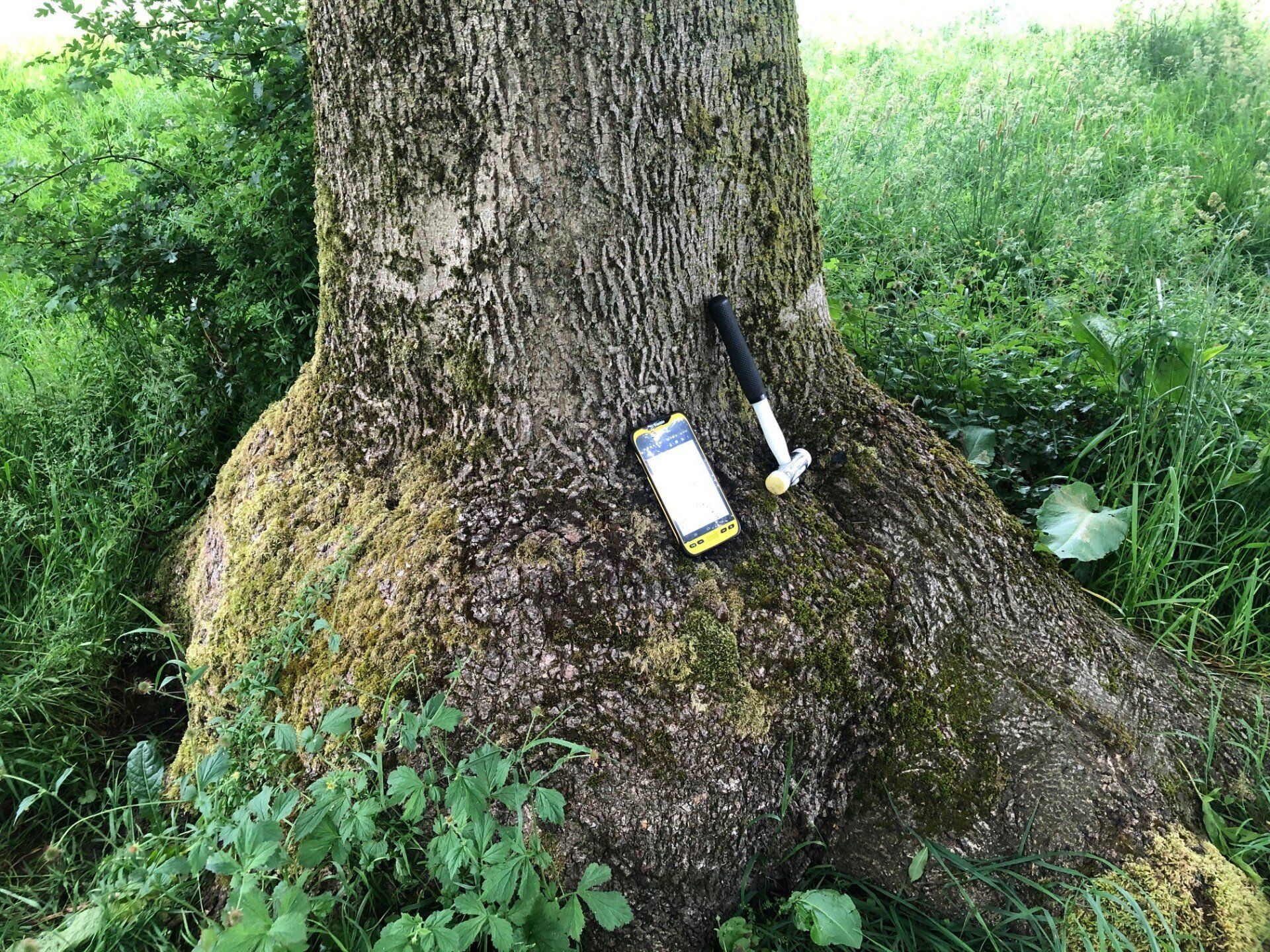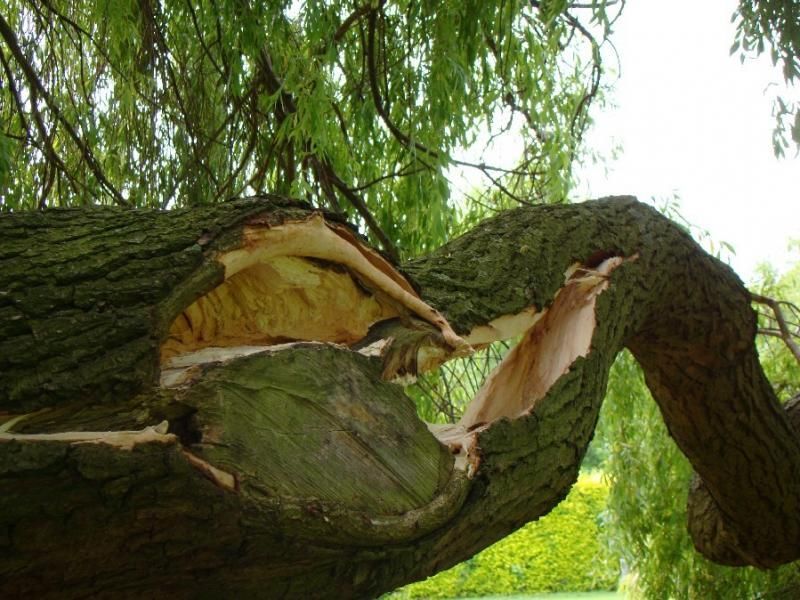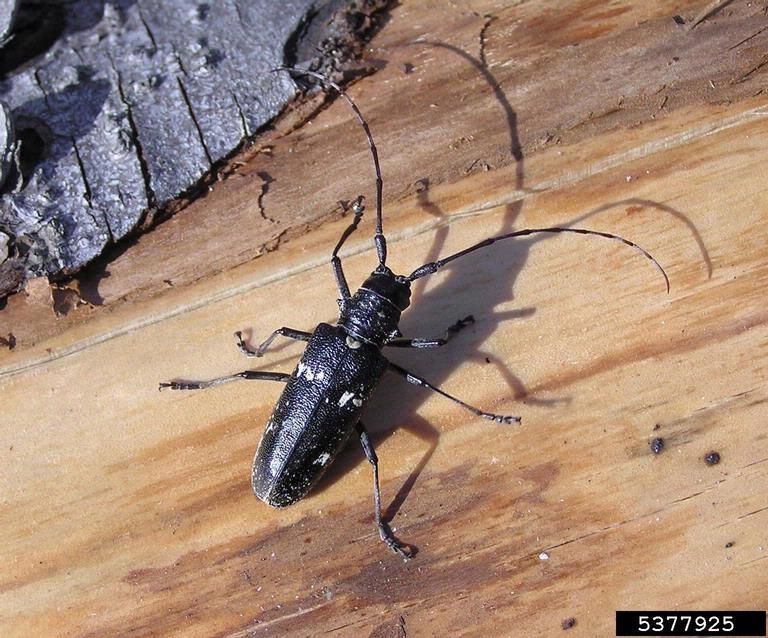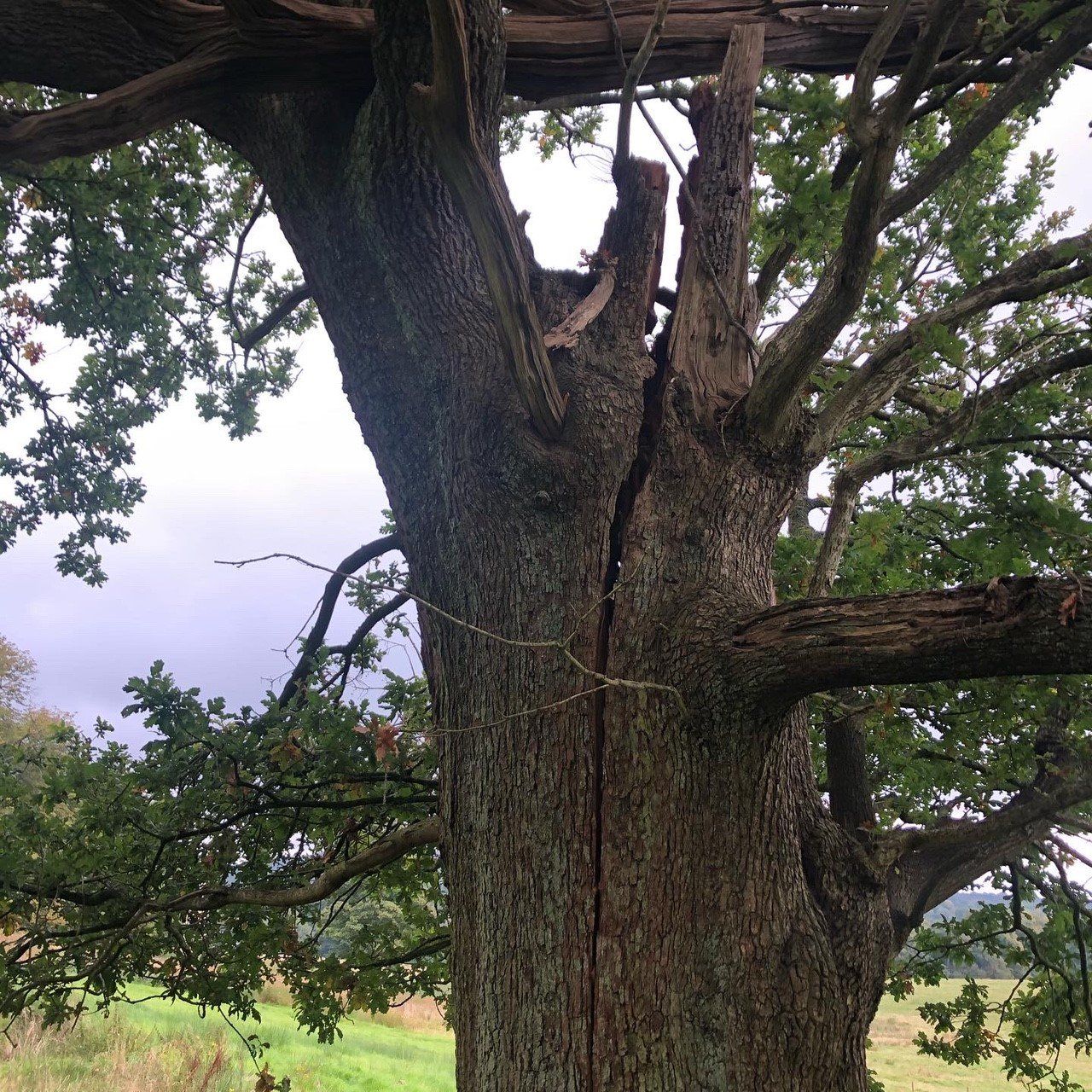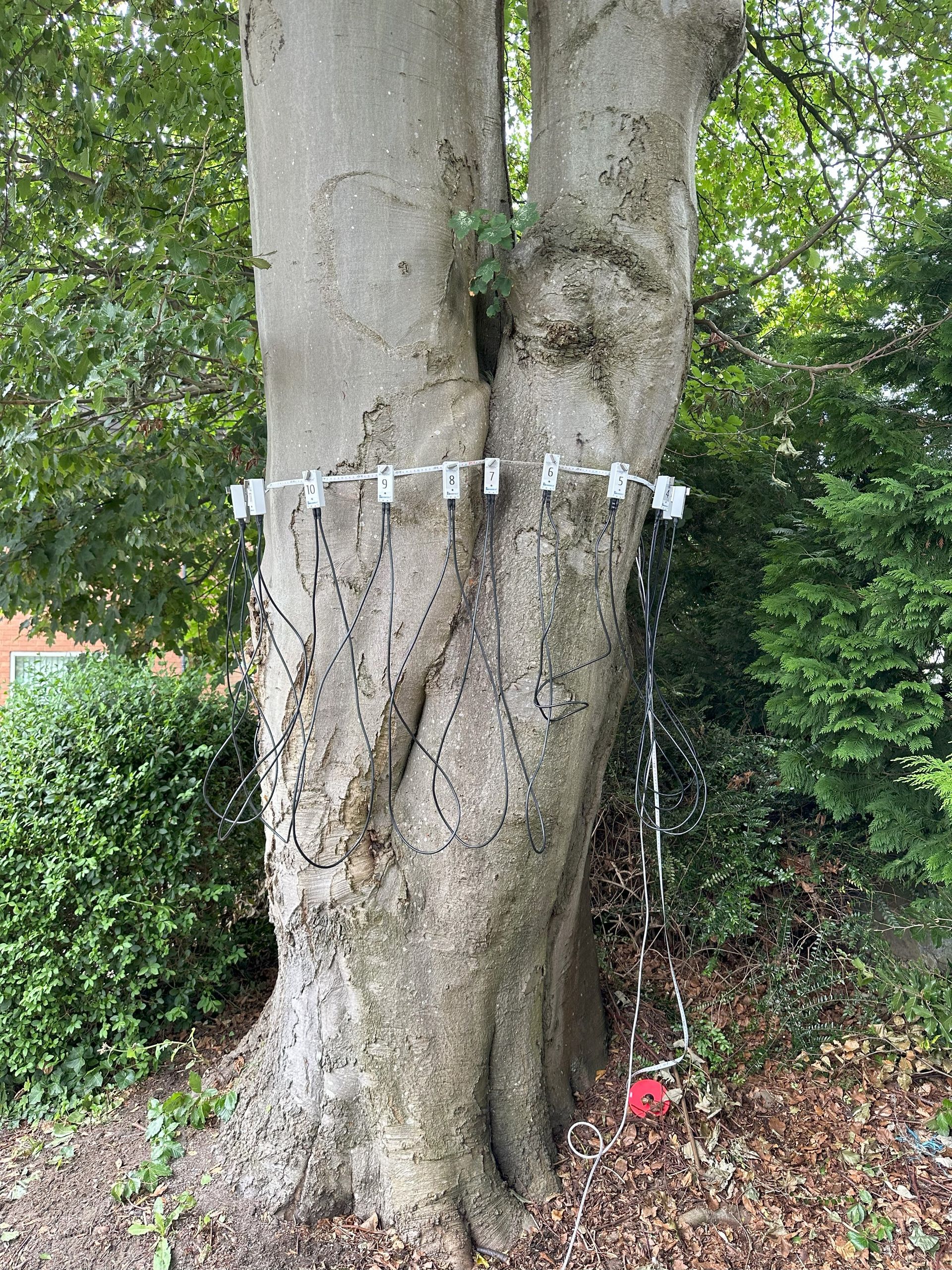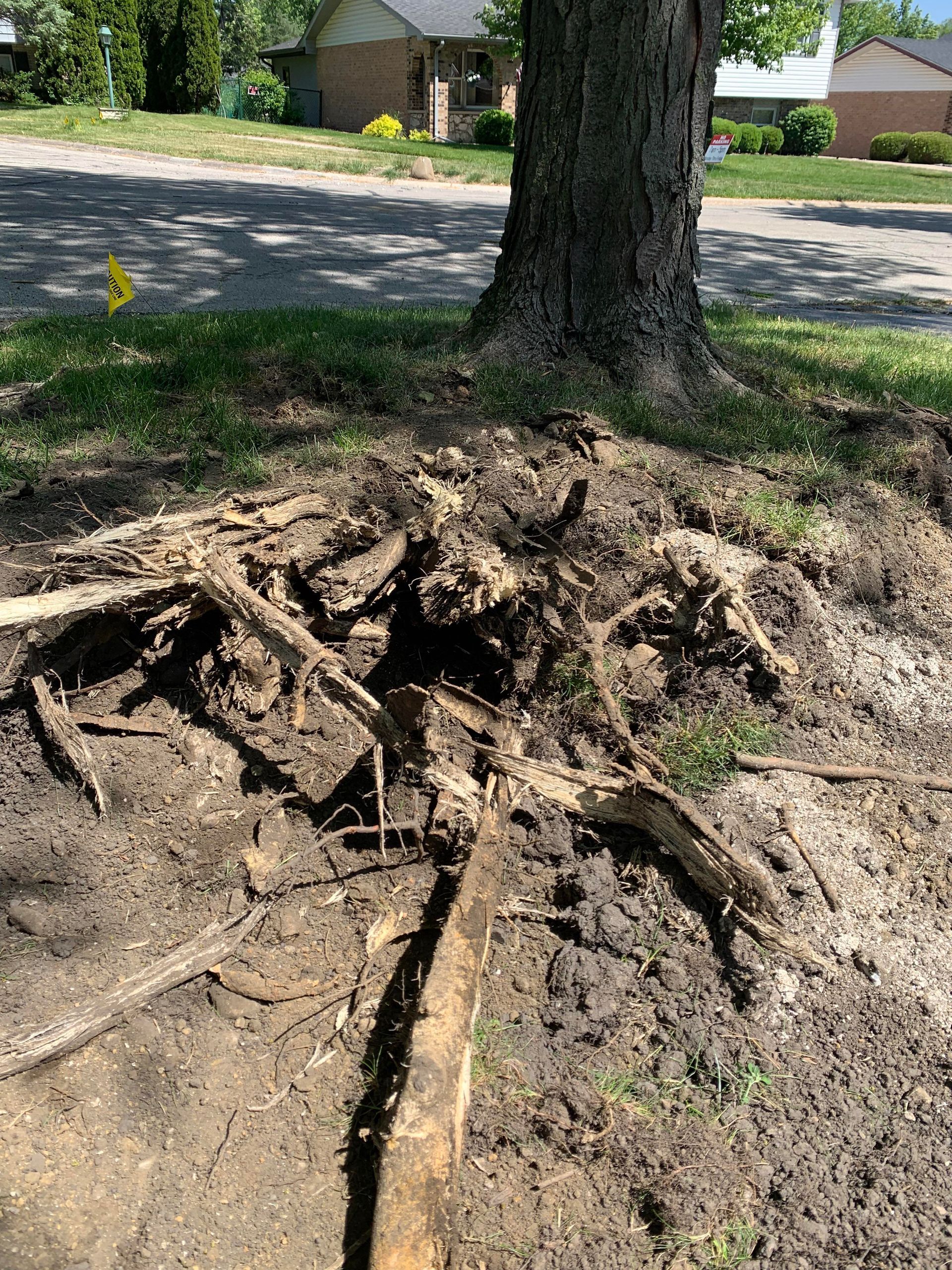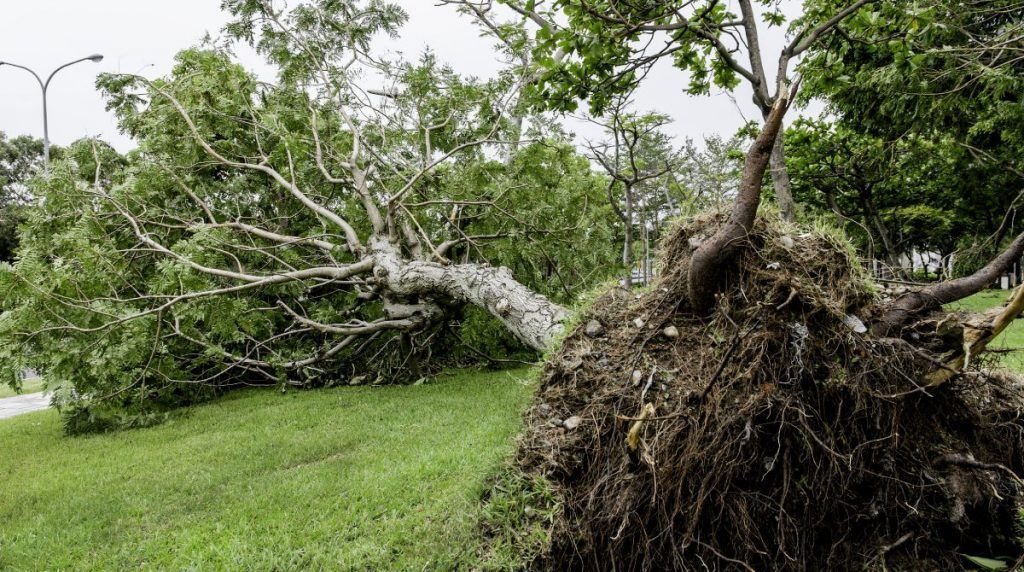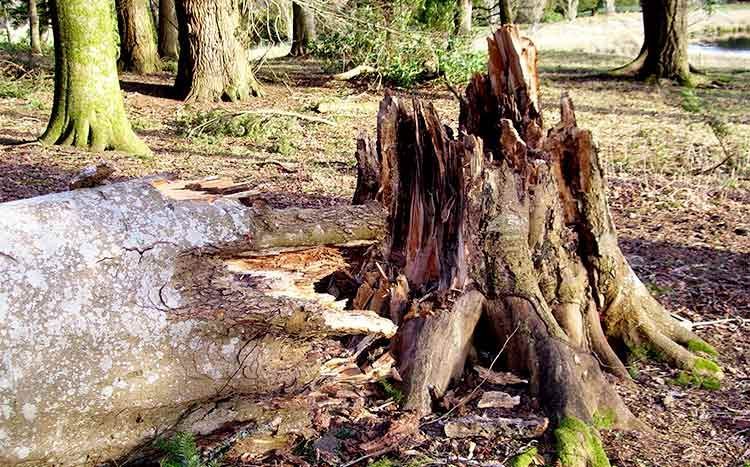Defects & decay in trees
To assess decay, you can use a sounding mallet, long metal probe, and tape measure. If you notice any of these signs, you should have a professional arboriculturist or tree consultant inspect your trees
Advice & resoruces
What is a defect & decay in trees ?
A tree defect is a condition or feature that would predispose a tree, or part of a tree, to structural failure. Not all unusual growth patterns or physical deformities are defects. In many cases, variations from a perceived norm may indicate adaptive and even strengthening responses and further assessment may be required to understand the nature of the feature and whether or not it represents a significant hazard.
Deformities do not necessarily imply weakness and can be a normal adaptive response compensating for stresses that might otherwise result in breakage. Signs that might indicate a structural (although not necessarily hazardous) defect include heavy dead parts, splitting, weak or malformed branch attachments or forks, bark and wood fractures, soil cracks, root plate lifting, advanced decay, certain fungal fruit bodies, large old wounds and severe root damage. Combinations of defects can elevate their importance.
Disease and declining health associated with waterlogging, extreme drought and soil compaction may, in turn, cause hidden defects that contribute to the impairment of structural strength and stability. So also may environmental changes, such as, for example, development impacts and sudden loss of surrounding protection from nearby trees.
